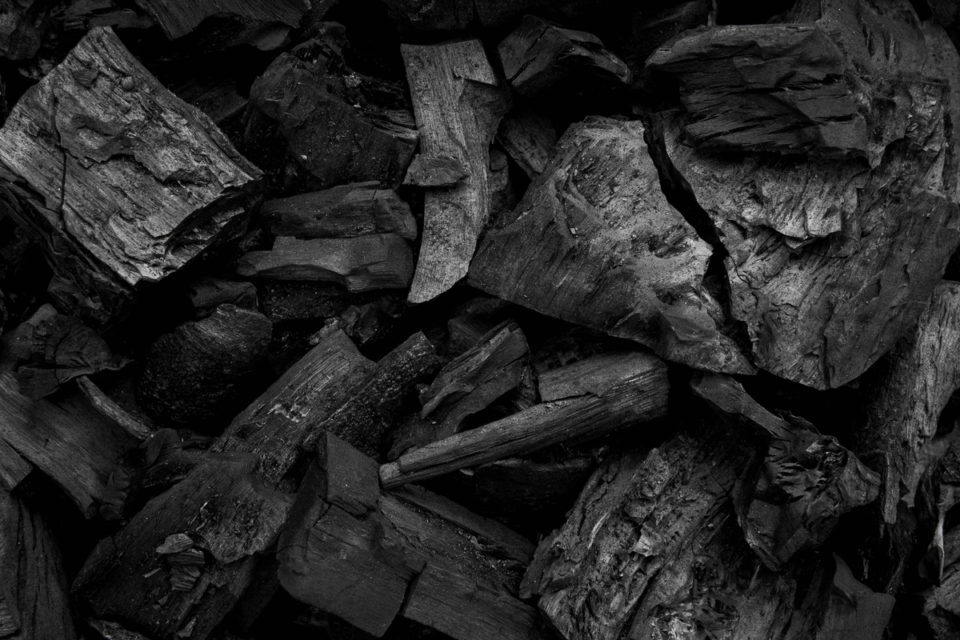Activated carbon is a substance most would not have heard about in these anti-carbon obsessed times, but it is important in a remarkably wide range of applications. Article supplied by Activated Carbon NZ.
Activated carbon is used to remove toxic gases in industrial waste, purify water, remove toxic gases in industrial waste and effluent, is used in the cosmetic and food and beverage sectors, and for removing ammoniacal nitrogen from dairy effluent.
On that last note, ammoniacal nitrogen is a problem when it leeches into our waterways and Activated Carbon NZ says it has developed a type of activated carbon that can remove 99 percent of ammoniacal nitrogen from dairy effluent.
Activated carbon works by cleansing through adsorption or ionic exchange. It is made by eliminating the organic volatiles from carbon-rich organic materials, leaving just the carbon pore structure and increasing the surface area.
This means that one teaspoon of activated carbon has more surface area than a football field, and these pores and microstructure are able to attract toxins and chemicals, which is why activated carbon works so well as a purifier.
In general, the greater the surface area of the activated carbon the higher the quality. Commercially produced activated carbon typically falls within a range of 300 square metres to 900 square metres per gram.
In the past, Kiwi businesses and organisations have mostly sourced their activated carbon from China or Australia, but often from less environmentally friendly source material such as coal or coconut shells, and it tends to be of lesser quality.
Taupo-based Activated Carbon NZ is the only manufacturer of activated carbon here, and the business uses waste sawdust from sawmills.
“A lot of the activated carbon coming from China is at the low end of the 300m2 to 900m2 per gram range,” says Activated Carbon director Grant Hughes.
“We are able to average 1000-1200m2 per gram of activated carbon.”
Being able to supply domestically is proving to be extremely important as supply chains for activated carbon from overseas continue to be severely disrupted due to the pandemic, adds Grant. The company supplies its product as a fine powder and in granulated form for wholesale industrial customers and for retail online.
“Covid has given us the opportunity to highlight our sustainable New Zealand-made activated carbon to businesses that might not otherwise have considered whether or not there are better options for them right on their doorstep,” says Grant.
“We have a huge carbon resource here … we don’t need to dig up our national parks or mine our seabed to get to this resource, it’s all around us. We still have poor utilisation in our plantation forests and there is still a lot of waste.”
And, as long as plantation forestry continues, there will be no shortage of raw materials, he says.
“Pine trees continue to be planted but byproducts of timber production, such as sawdust, are currently being thrown away or getting chucked into a hole to rot. Meanwhile, there is a domestic and global market for activated carbon that is going through the roof, and we have the ability to make and supply a really good product for that market.”
The pressing need to ensure a high quality water supply and to mitigate issues that impact on waterways make activated carbon an important solution, and one that could be of interest to the three waters community, he adds.
“We think activated carbon has an important role to play in environmental and water management. We are working with stormwater companies to address environmental impacts and we are keen to work with others in the water industry.”
Ongoing research and development is continuing to reveal more applications for activated carbon, says Grant.
“In addition to its use to filter dairy effluent, purify water, and remove toxic gases in industrial waste, activated carbon is used in medical, cosmetic, and food and beverage sectors and is even used in candle manufacturing.
“We also know it conducts electricity and insulates heat. There are even experiments underway to look into its use as a binder with hemp.”



